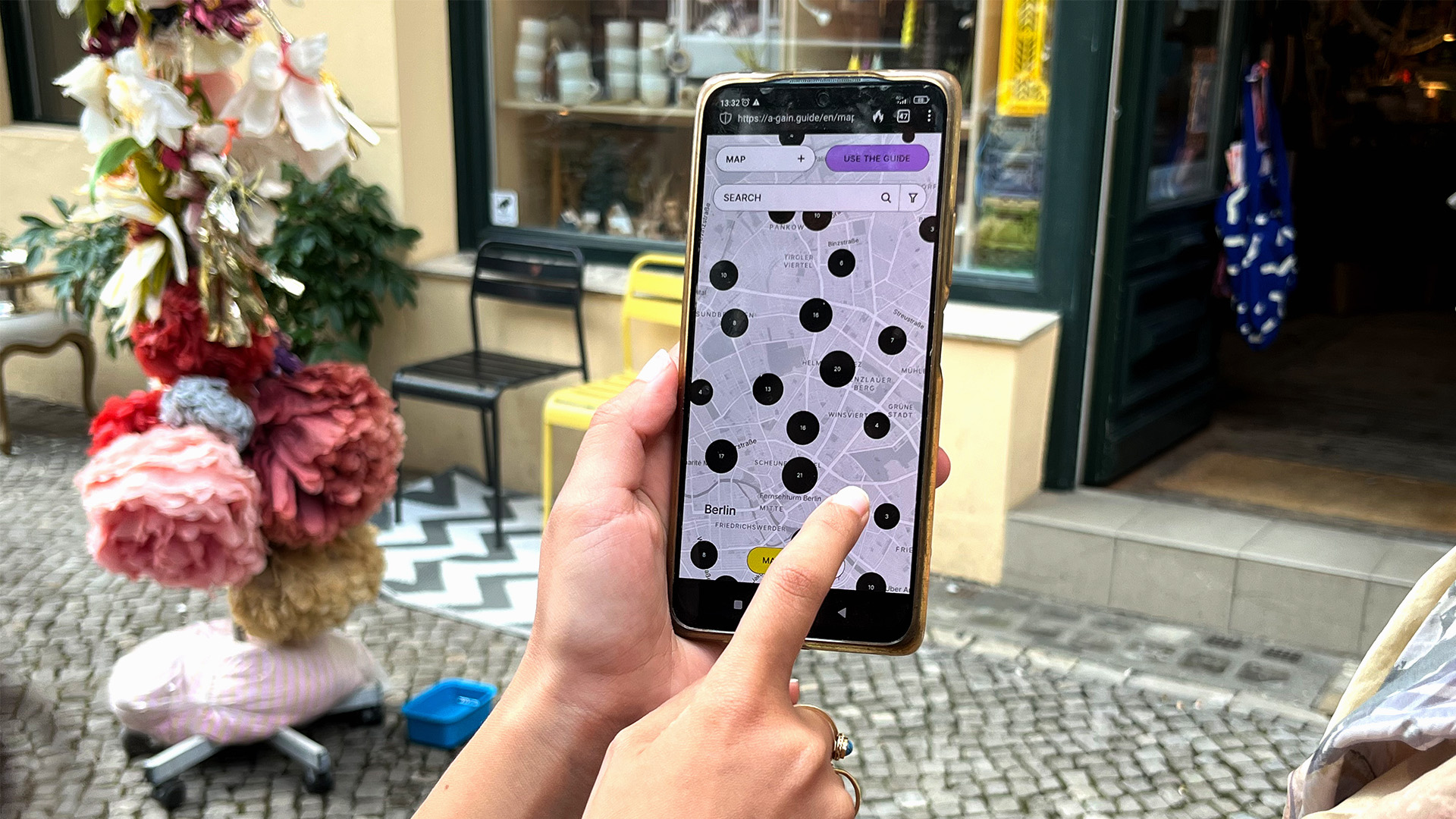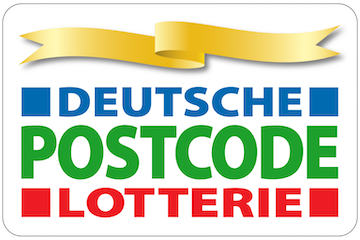REMAKE
Create something new from something used
1.
Short introduction
2.
A deeper dive into
REMAKE
3.
Quick Wins & Challenges
4.
Now you come into play!
1.
Short introduction
With REMAKE, you can turn unused textiles into stylish outfits.
Use creative techniques and fresh combinations to transform beloved but unwearable clothing into new pieces that outshine the originals.
WHEN SHOULD WE REMAKE?
Do you have a beloved item of clothing in your wardrobe that brings back fond memories but is unfortunately no longer wearable due to its colour and fit or is simply getting on in years? Then REMAKE is just the thing for you!

2.
A deeper dive into
REMAKE
REMAKE, also known as upcycling, aims to preserve an existing product for as long as possible, through a creative process that can often transform it into a new product altogether - or at the very least, changes the aesthetics of the existing product. In contrast to recycling or downcycling, where only the material is reused, REMAKE preserves the entire product. While in recycling and downcycling products are completely dismantled and the materials reused, in upcycling we increase the value of existing products extending their use. And the good thing is REMAKE does not require any industrial processes, making it a much more resource-efficient method and should always be the first choice.
Here, we’ll explore techniques for remaking textiles and provide a bit of background information on associated social, ecological, economic and political aspects. If you want to learn the best ways to REMAKE your clothes right away you can jump straight to our tips.
TECHNIQUES
Do you fancy a creative challenge? REMAKE unlocks endless design possibilities for you!
Your REMAKE project begins with those beloved items of clothing that hold sentimental value but are no longer wearable. Bear in mind that high-quality source materials, such as more robust fabrics, not only make redesigning more fun, but also ensure that the new product lasts longer.
With REMAKE, there are two options for creating either just a small change or something completely new: the "refresh" or the "complete transformation".
If you essentially like the item, but the colour doesn't suit you, there are stains on it, or unwanted details are distracting, "refresh" is a good choice. These are your options:
- Re-dying: You can give your clothes a fresh new look on a budget! Natural fibres such as cotton, viscose, or linen are suitable for dyeing at home, though synthetic fibres such as polyester cannot be re-dyed.
- Printing, embroidery and embellishments: These techniques can turn a basic piece into a statement piece and conceal small imperfections at the same time. Find buttons, sequins, and beads in your drawers or at flea markets to use for special details.
- Adjustments: Tired of constantly tugging at your blouse collar? Dare to get rid of it! The wide sleeve of your jumper is always hanging in the soup? An elasticated hem or a few extra buttons could be the solution!
Have a look at our REMAKE e-book to find inspiring tutorials and practical instructions for your individual challenges.
If you have faulty textiles or clothes that don't fit, it's time for a "complete transformation". This is where you transform items of clothing into something completely new, for example, turning a shrunken cashmere jumper into a pair of mittens. Making a new item of clothing usually requires a little more skill than 'refreshing'. But don't let that stop you. Video tutorials can be a great source of inspiration and you can find lots of instructions and tips in our e-book.
As well as exploring the endless creative possibilities of REMAKE yourself, some businesses and brands offer this as a service. Check out the “Find a local service” section below to discover what’s available near you.

FACTS
If you want a garment to look exquisite, even if it might be made from textile scraps, then make sure all finishing and detailing are perfect.
ENVIRONMENTAL
If our clothes have a high emotional value for us, we want to wear them for as long as possible. But instead, many textiles are now exported en masse to the Global South (2). Much of this clothing is in such poor condition that it can no longer be sold on the second hand market and is not recyclable due to fibre blends or coatings. African countries in particular are confronted with huge quantities of textile waste that they have not produced themselves. The mass is unmanageable and much of this textile waste ends up polluting landscapes and water supplies.
Upcycling existing textiles can help us to live more harmoniously with nature and slow down the production of unnecessary new textiles.
With REMAKE, you can give your beloved clothes a new shine and protect our planet at the same time.
SOCIAL
REMAKE is actually not a new idea but was an everyday practice in many communities and cultures until a few decades ago due to the cost and limited supply of textiles. Out of necessity, tablecloths were even turned into wedding dresses. Families and neighbourhoods shared textiles and constantly reused them.
REMAKE strengthens social bonds as well as our emotional connection to our clothes. By working together, we can exchange ideas and also create and share memories (3).
REMAKE enables us to use resources more sustainably on a local level. At the same time, we can also be inspired by global projects such as The Revival in Ghana, which repurposes old clothes and creates jobs (4). Think global, act local! Exchange with other communities can promote innovative solutions on a larger scale, while local implementation enables us to be effective as individuals.
FACTS
Around 100 containers with an estimated 15 million items arrive in Ghana every week. (...) Research on the ground in 2022 revealed that 30 to 40 per cent of the imported garments can no longer be sold.
ECONOMY
REMAKE is an important tool and can help to address overproduction by fashion companies. With little effort and material, you can refresh your clothes and save money, especially if you avoid buying new ones.
By increasing the value of existing textiles, we also support the local economy of a city or region without relying on the inflow and extraction of new resources.
Companies face significant challenges in successfully offering REMAKE. Regularly sourcing high-quality used textiles can be difficult, and the production process is often more time-consuming than manufacturing from scratch. Preparing and cleaning the material also requires a lot of time and resources. In addition, the individual items re-made in Germany cannot compete with the prices of fast fashion.
REMAKE is an incredible enrichment for our local creative economy and makes it possible to personalise our wardrobe. For the business model to be profitable, we need people who are willing to pay a reasonable price for creative services and see REMAKE as a valuable alternative to buying new.

FACTS
A circular economy can reduce global material extraction and utilisation by a third.
POLITICS
In order to firmly integrate REMAKE into our wardrobes, politicians must create a legal framework and promote the visibility of REMAKE in our society.
In Germany, both national and European regulations are being enforced to prolong the use of textiles. Starting in 2025, used textiles must be collected separately for reuse purposes. Germany's national circular economy strategy underscores the increased utilization of existing materials as a fundamental pillar for sustainable economic practices (7).
However, although political institutions recognise the importance of textile reuse, there are a lack of measures to establish REMAKE as a profitable business model. What we require isn't just the advancement of innovations, but also the enduring assurance of profitability. This requires regulations that prioritize REMAKE over new acquisitions such as tax reductions on REMAKE.
Politicians can not only create a legal framework, but also promote the visibility of these practices and education about them in society. For example, the British government initiated the Make Do and Mend campaign during the Second World War. This encouraged people to repair and reuse worn-out clothing. To achieve visibility in society, advertising posters, brochures and a series of instruction booklets were produced (8). And that's exactly what we need today for REMAKE!
3.
Quick Wins & Challenges
CHALLENGES
- It is challenging not to produce any new waste with REMAKE. Therefore, try to utilise all scraps and create something that you really need.
- REMAKE requires more sophisticated sewing and cutting skills. Start with small projects and begin with "refreshing" textiles before you venture into "complete transformations".
- Are you still hesitant and don't know how to get started? Let video tutorials or REMAKE guides inspire you. You can find simple instructions in our e-book.
- The result is completely different to what you imagined? Don't worry! Keep an open mind about the creative process and, if you need it, get inspiration or advice from your community.
- Low-quality fast fashion can make REMAKE more difficult, as materials break more quickly during the process. Higher quality leads to a better result.
- Do you find upcycling designs at a local service too expensive? Upcycling requires high levels of craftsmanship and a lot of time. However, upgrading your products gives them a hightened emotional value. Consider how much longer you will wear the product and you will realise that it is ultimately cheaper than buying, for example, a new pair of jeans (check cost per wear).
QUICK WINS
- You can redesign your wardrobe and give it a fresh kick with little effort and money.
- You don't need to have a sewing studio at home. Many REMAKE solutions can be realised without a sewing machine and with simple means.
- By actively minimizing waste, you are helping to protect the environment.
- Upcycling encourages your creativity and you can discover your individuality and personal style.
- Reviving cherished and emotionally valuable clothing brings joy and fulfillment and at the same time you are conserving resources of future generations.
- Discover the craftsmanship of local upcyclers! You will soon realise that they are worth every cent.
4.
Now you come into play!
1. Try out our DIY tips
Explore our REMAKE e-book! Dive into a wealth of inspiring and practical resources, from video tutorials to books and articles guiding you through each step of your first REMAKE journey.

2. Find a local service
MAP & GUIDE
If you want to redesign your garment yourself but still need some help or materials, we have just the thing for you! Take a look at our MAP for "upcycling workshops", "repair and sewing cafés", or "remnant material warehouses".
Do you feel unsure about doing it yourself and would rather leave it to a professional to turn your favourite old items into something new? Then take a look at the "upcycling brands" and "upcycling services". You can see what's available in your area on our MAP!
If you're only looking for small adjustments, "alteration shops" are a good place to go, but don't hesitate to ask about more complex customisation options, as experts with in-depth expertise in tailoring work at these type of places.
If you're unsure which service is best suited to your clothing, take a look at our GUIDE to find the right match for your piece.

